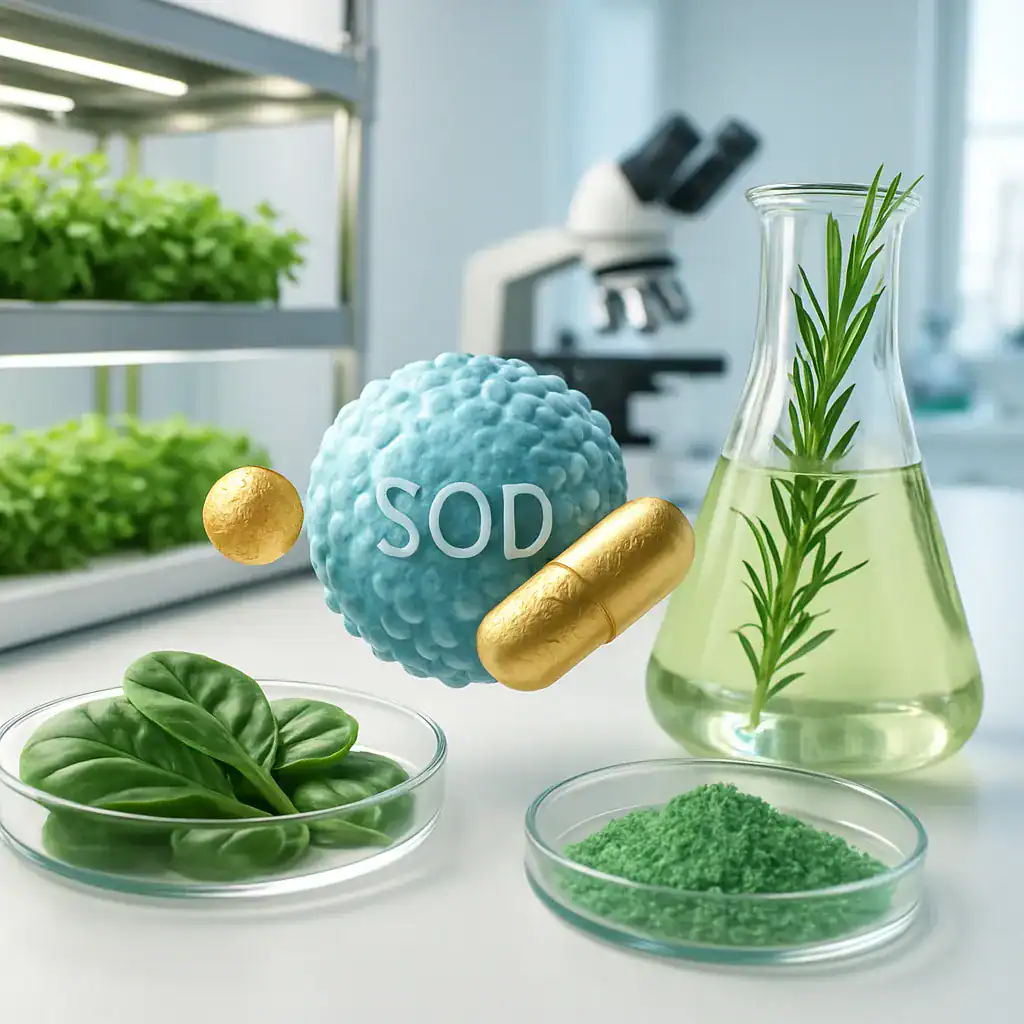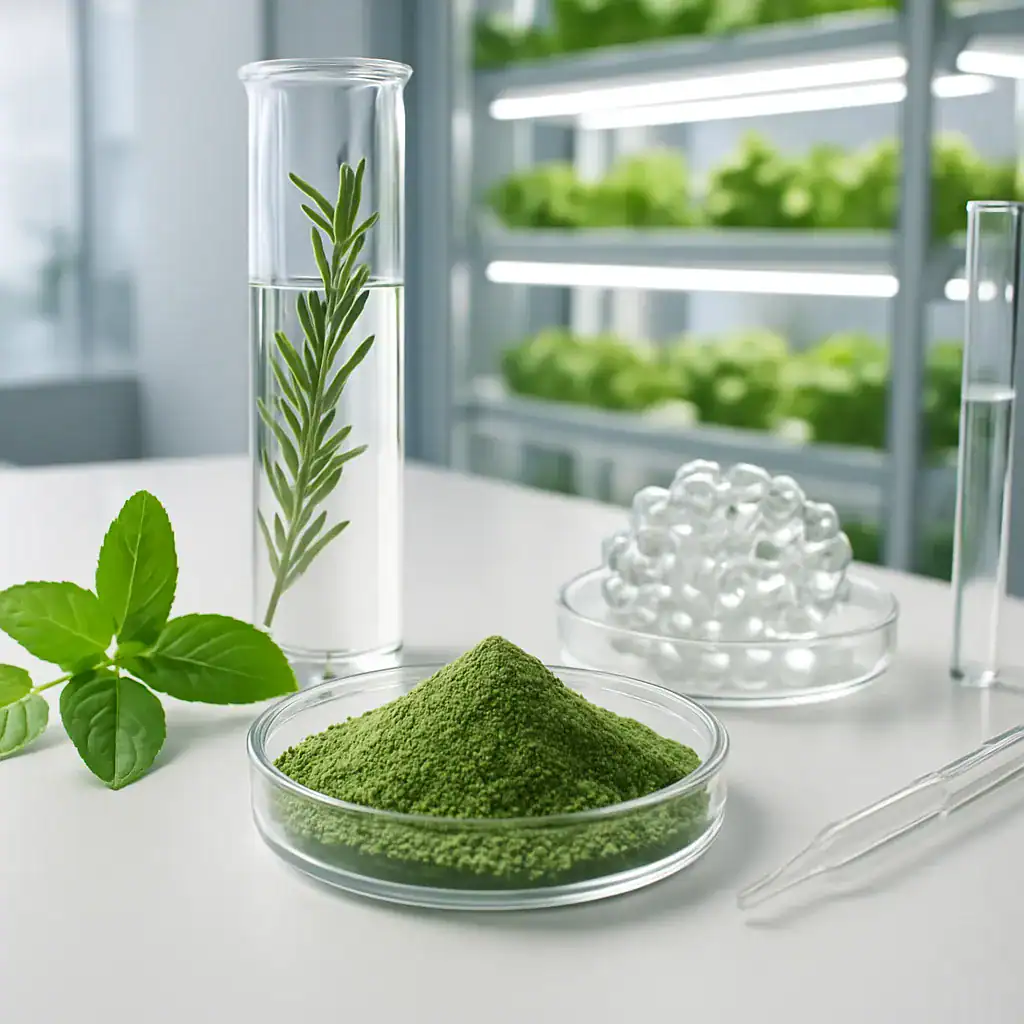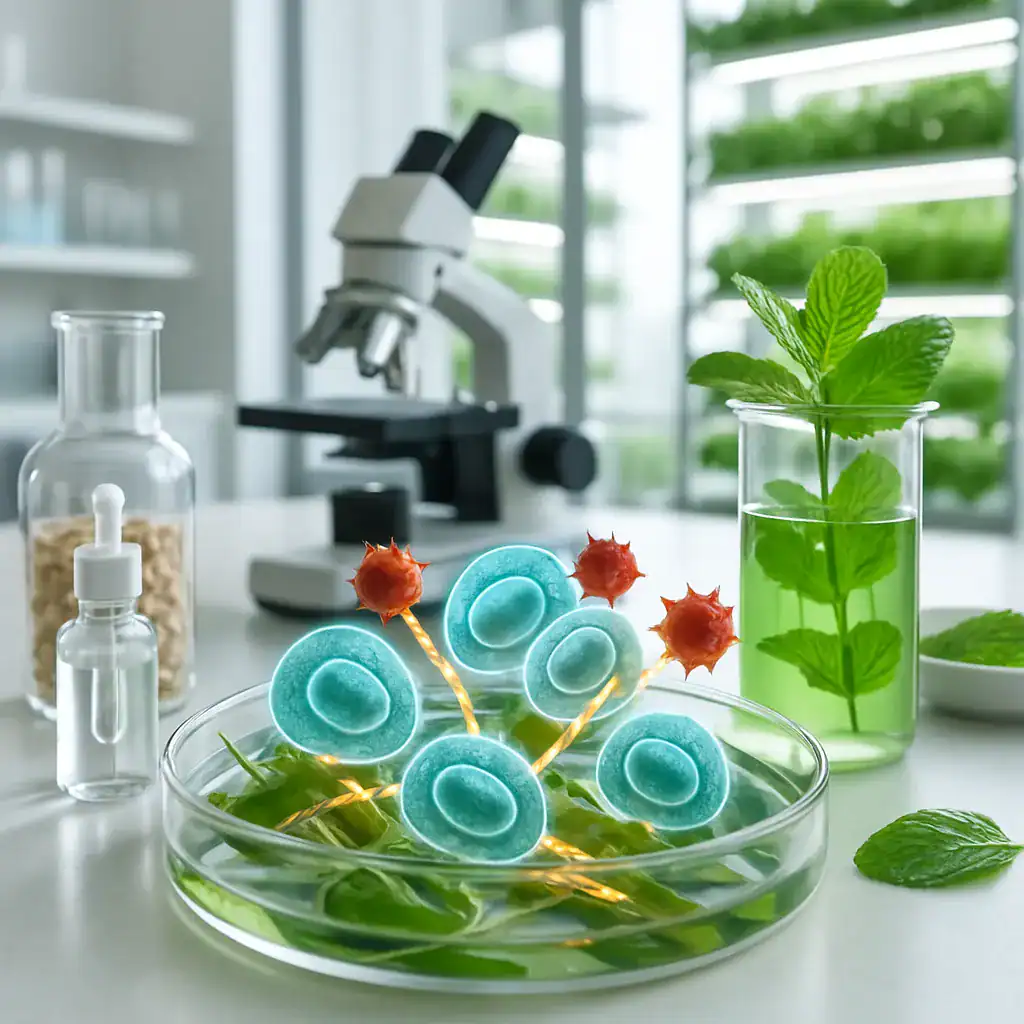Solvent-Free Extraction: The Next Big Trend in Herbal Products
Understanding Green Chemistry Principles in Natural Extraction
Green chemistry represents a fundamental shift in how we approach the extraction of bioactive compounds from natural sources. When you work with plant materials to isolate valuable compounds, traditional methods often involve harsh solvents and energy-intensive processes that can leave harmful residues. But have you considered that extraction doesn’t have to compromise environmental sustainability?
Green chemistry in extraction focuses on developing processes that minimize environmental impact while maximizing efficiency. This approach follows twelve core principles, including waste prevention, atom economy, safer solvent selection, and energy efficiency. For nutritionists and formulators working with natural ingredients, this means obtaining high-quality bioactive compounds without the drawbacks of conventional methods.
The significance of green extraction extends beyond environmental benefits. When you recommend supplements to clients concerned about what goes into their bodies, you can confidently discuss products derived through clean extraction processes. These methods preserve the integrity of sensitive compounds like antioxidants and polyphenols that might otherwise be degraded during aggressive processing.
That’s clear—but the benefits extend further. Green extraction techniques typically yield products with higher purity profiles and fewer contaminants, directly translating to better efficacy and safety for your clients seeking natural health solutions.
Innovative Green Extraction Technologies for Bioactive Compounds
Supercritical Fluid Extraction: The CO₂ Revolution
You’ve likely encountered products extracted using supercritical CO₂, but do you understand why this technology represents such a breakthrough? Supercritical fluid extraction utilizes carbon dioxide in a state between liquid and gas, allowing it to penetrate plant material efficiently without the toxicity concerns of conventional solvents.
When working with sensitive compounds like those found in Superoxide Dismutase (SOD) products, this gentle extraction method preserves enzymatic activity while leaving no harmful residues. For clients with chemical sensitivities or those seeking the purest supplements, this distinction matters significantly.
Ultrasound-Assisted Extraction: Enhancing Yield Through Sound Waves
Have you noticed how some plant extracts seem to deliver more potent results than others? Ultrasound-assisted extraction may be the difference. This technique uses sound waves to create microscopic bubbles in the extraction medium, which collapse and create localized pressure that helps release bioactive compounds from plant cells.
The beauty of this approach lies in its efficiency—extraction times are reduced, less solvent is needed, and the process can be conducted at lower temperatures. For heat-sensitive compounds in vertical farming botanics, this means preserving delicate phytochemicals that might otherwise be lost.
Enzyme-Assisted Extraction: Biomimetic Approaches
Nature already knows how to break down cell walls efficiently—enzymes do this work daily in living systems. Enzyme-assisted extraction mimics these natural processes, using specific enzymes to selectively release targeted compounds from plant matrices.
This approach is particularly valuable when working with complex materials like those used in exosome nutraceuticals, where maintaining structural integrity of delivery vesicles is crucial for efficacy. Your clients benefit from products that work more naturally with the body’s own systems.
Sustainable Practices in Commercial Extraction for Nutraceuticals
Water Conservation and Closed-Loop Systems
Water scarcity affects many regions globally, making water conservation in extraction processes increasingly important. Advanced extraction facilities now implement closed-loop systems that recycle water and minimize waste discharge.
When you recommend products from companies that prioritize water conservation, you’re supporting not just client health but also global sustainability efforts. These systems often produce extracts with consistent quality profiles—something critical when you’re guiding clients through supplement protocols where predictable results matter.
Energy Efficiency and Carbon Footprint Reduction
Traditional extraction can be energy-intensive, contributing significantly to a product’s overall carbon footprint. But have you ever considered how this affects the true cost of supplements?
Modern green extraction facilities utilize renewable energy sources, heat recovery systems, and optimized processes to minimize energy consumption. For nutraceutical products like those in PhNóva’s lineup, this means the environmental cost of production doesn’t undermine the health benefits being sought.
Waste Valorization: Finding Value in By-products
Perhaps the most elegant aspect of green chemistry in extraction is the concept of waste valorization—transforming extraction residues into valuable secondary products rather than disposing of them as waste.
When botanical material is processed for primary active compounds, the remaining biomass often contains additional valuable substances that can be extracted through secondary processes. This cascading biorefinery approach ensures maximum value is derived from natural resources, honoring the plants that provide these beneficial compounds.
For practitioners guiding clients toward truly sustainable wellness solutions, understanding these green extraction principles provides a deeper perspective on product quality that extends beyond simply reading labels.
Our Key Areas of Expertise

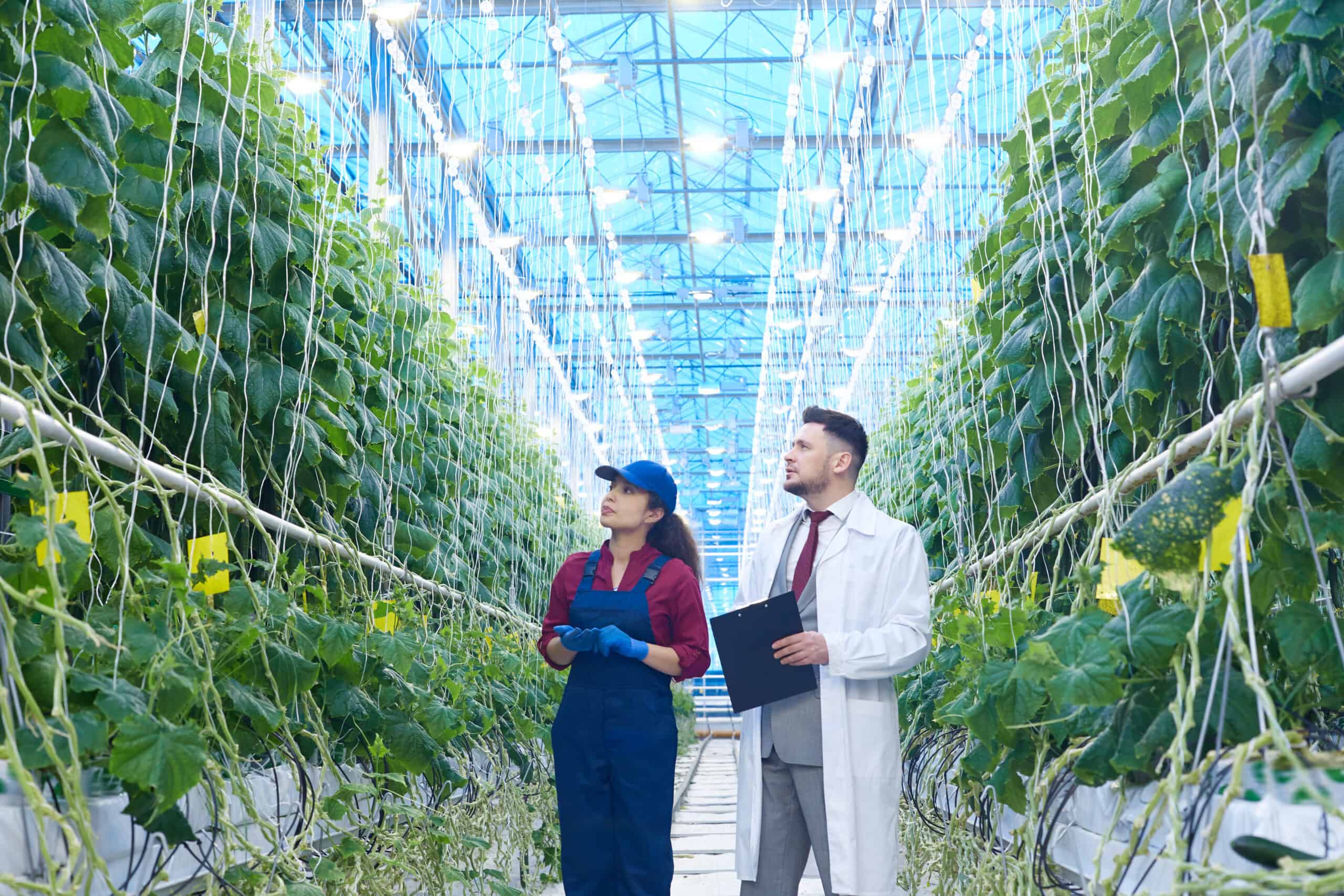
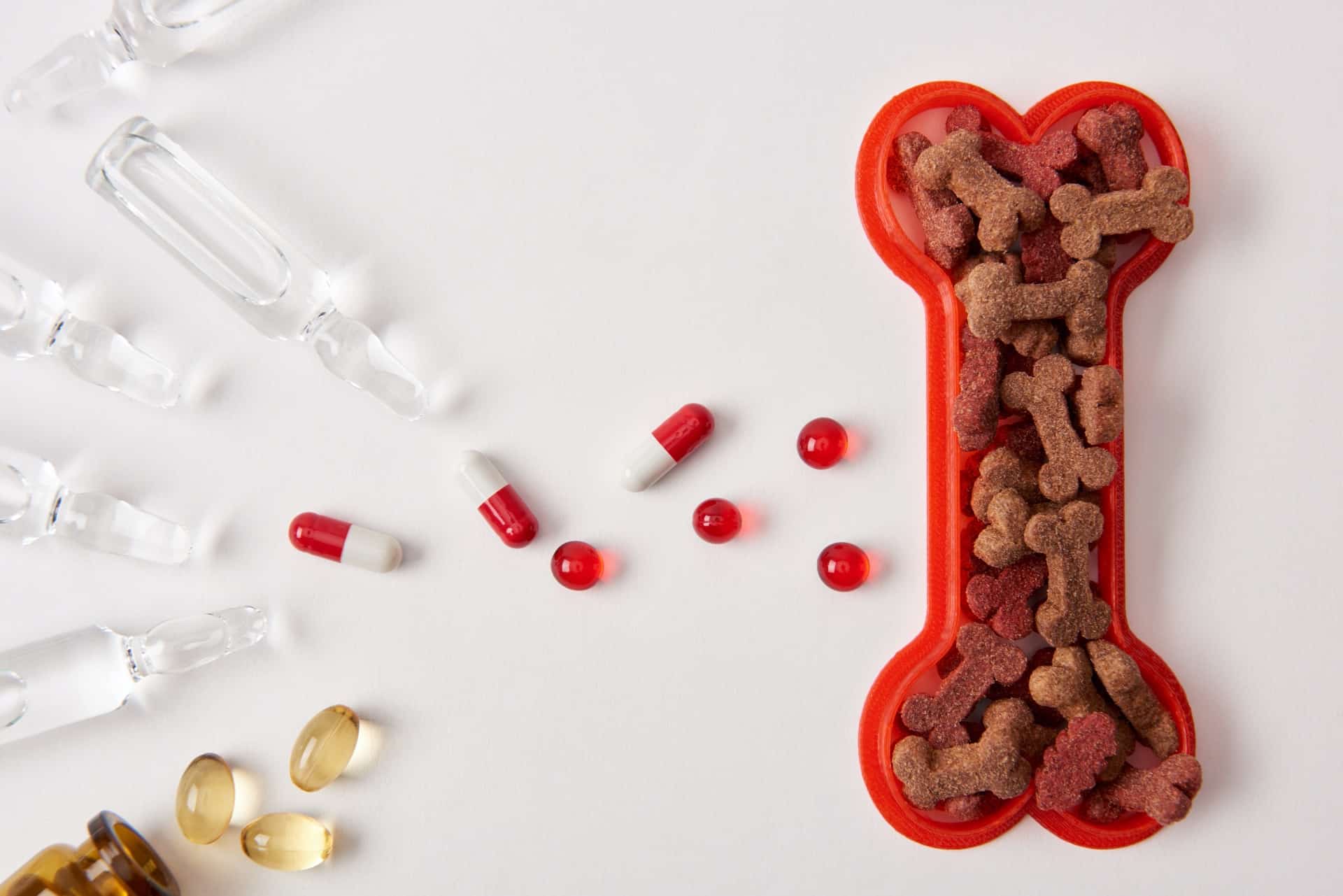
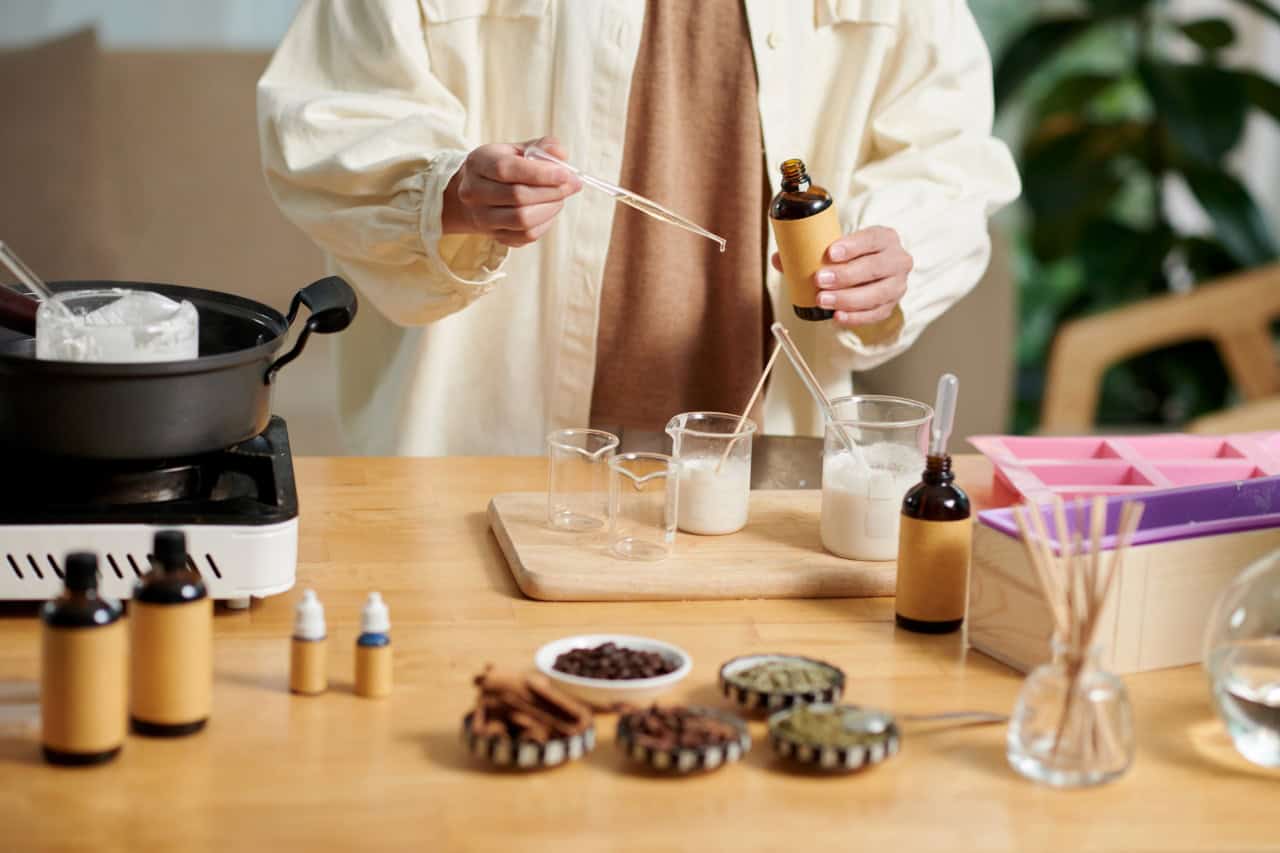
The Integration of Green Chemistry in Modern Extraction Ecosystems
From Field to Formula: Green Extraction’s Interconnected Value Chain
When you integrate green chemistry principles into extraction processes, you create ripple effects throughout the entire production ecosystem. This interconnection extends far beyond the extraction facility itself, influencing everything from agricultural practices to final product formulation.
The journey begins with sustainable cultivation methods. Vertical farming systems used for PhNóva’s botanical ingredients inherently complement green extraction by producing standardized plant material with reduced pesticide loads and optimized bioactive profiles. You can see how this pre-extraction optimization naturally leads to more efficient extraction processes—cleaner input materials require less processing to achieve desired purity levels.
The relationship works both ways: when extraction facilities communicate specific requirements back to growers, cultivation parameters can be adjusted to enhance the compounds most valuable for extraction. This feedback loop creates a harmonized production system where each stage supports the others.
Solvent Selection: Environmental and Health Implications
The choice of extraction solvents represents one of the most critical decisions in developing green extraction protocols. Traditional methods often rely on petroleum-derived organic solvents that pose both environmental and health concerns:
- Hexane extraction leaves residues that require extensive purification
- Chlorinated solvents can persist in the environment for decades
- Acetone and methanol create air quality issues during processing
By contrast, bio-based solvents derived from renewable sources offer compelling alternatives that align with green chemistry goals:
| Solvent Type | Origin | Environmental Impact | Safety Profile |
|---|---|---|---|
| D-limonene | Citrus peels | Biodegradable | Low toxicity |
| Ethyl lactate | Fermented carbohydrates | Readily decomposed | Food-grade |
| Supercritical CO₂ | Captured carbon | Zero waste (recyclable) | Non-toxic |
When you choose products extracted using these greener alternatives, you’re not only avoiding potential contaminants but also supporting the development of circular bioeconomy systems where waste becomes valuable input for other processes.
Energy-Efficient Processing and Its Metabolic Parallels
The energy requirements of extraction processes mirror cellular energy systems in fascinating ways. Just as your body’s mitochondria seek to maximize energy efficiency, modern green extraction facilities implement technologies to minimize energy inputs while maximizing yields.
Microwave-assisted extraction exemplifies this approach by directly energizing water molecules within plant materials, creating selective heating that releases bioactive compounds with minimal energy expenditure. This targeted energy delivery parallels how enzymatic processes in your body activate specific biochemical pathways without wasting energy on unnecessary reactions.
For temperature-sensitive nutraceuticals like those containing active enzymes or probiotic components, these energy-efficient technologies preserve biological activity that might otherwise be compromised. Your clients seeking products with intact enzymatic potential—like Superoxide Dismutase for inflammatory conditions—directly benefit from these processing advances.
Nanodelivery Systems: From Green Extraction to Enhanced Bioavailability
Perhaps the most exciting intersection between green extraction and health outcomes lies in the development of nanodelivery systems like those featured in PhNóva’s Exosomes-Nutra line. The gentle extraction methods required to maintain the structural integrity of plant-derived exosomes and extracellular vesicles demand green chemistry approaches.
When conventional harsh solvents are applied to these delicate biological structures, their membrane components can be compromised, destroying their natural delivery capabilities. In contrast, biomimetic extraction methods that respect these structures preserve their ability to:
- Protect sensitive bioactive compounds from degradation in the digestive tract
- Enhance cellular uptake through natural membrane interaction
- Target specific tissues based on surface receptor compatibility
- Release contents gradually for sustained therapeutic effect
You can visualize this as the difference between forcing delivery with synthetic systems versus working with nature’s own evolved delivery mechanisms. The result is supplements with dramatically improved bioavailability profiles—often allowing for lower doses while achieving better outcomes.
Quality Control Integration Through Process Analytical Technology
Green extraction methodologies have prompted advances in real-time monitoring systems that integrate directly with quality control. Process Analytical Technology (PAT) allows continuous assessment of extraction efficiency and product quality, reducing the need for resource-intensive post-extraction testing.
This system creates a responsive extraction environment where parameters can be adjusted during processing rather than discovering quality issues after completion. For your clients concerned about batch-to-batch consistency in their supplements, this translates to products with more reliable therapeutic effects.
The data collected through these systems also feeds back into extraction protocol development, creating an evidence-based approach to optimizing parameters for specific botanicals. When working with clients who have particular sensitivities or therapeutic needs, this level of precision becomes invaluable.
Sustainable Packaging: Extending Green Chemistry Beyond Extraction
The principles that guide green extraction naturally extend to packaging considerations. Eco-friendly packaging solutions complement clean extraction processes by ensuring that environmental benefits aren’t undermined by unnecessary waste in the final packaging stage.
Plant-based plastics, recycled materials, and minimalist design approaches reduce the overall ecological footprint of nutraceutical products. You’ll notice that companies committed to green extraction typically extend this philosophy to their packaging choices, creating a coherent sustainability story from field to finished product.
R&D Consultancy
Discover how PhNóva’s R&D Consultancy can help transform your idea into a market-ready solution — with expert support in formulation, regulatory compliance, and innovative delivery systems to give your product a competitive edge.
FAQ's about Solvent-Free Extraction: The Next Big Trend in Herbal Products
Get in Touch with PhNóva
Have questions or need expert guidance? Contact us today — our team is ready to assist you with tailored solutions for your formulations.

29/03/2025



